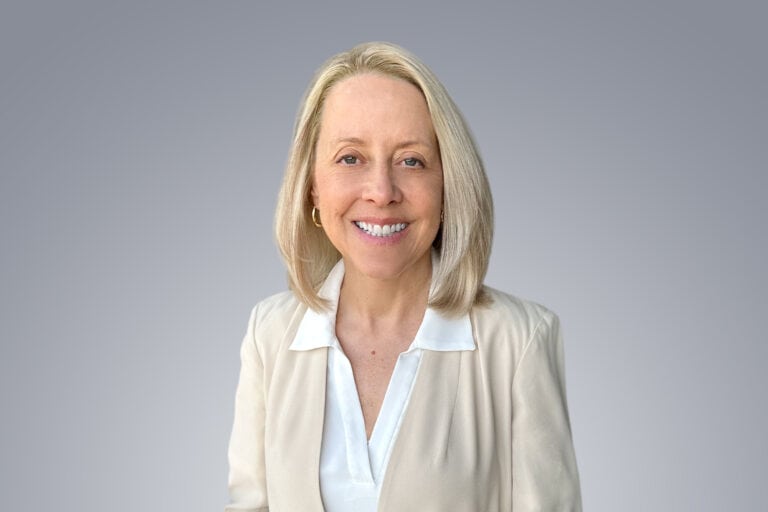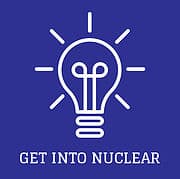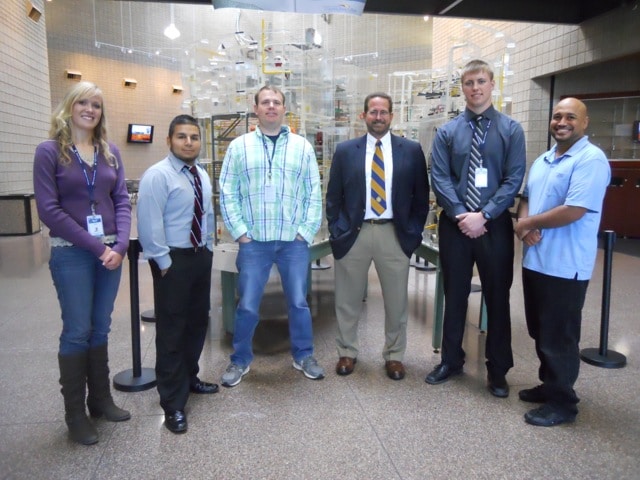Atomic Show #311 – Mary Jo Rogers – Founder, Rogers Leadership Group
Mary Jo Rogers is a trained clinical psychologist who developed her interest workforce safety cultures and leadership in the nuclear power sector while consulting and working for ComEd (later Exelon). At the time she began her work, ComEd was a perennially under-performing utility with new leaders that were committed to turning it into the best…



